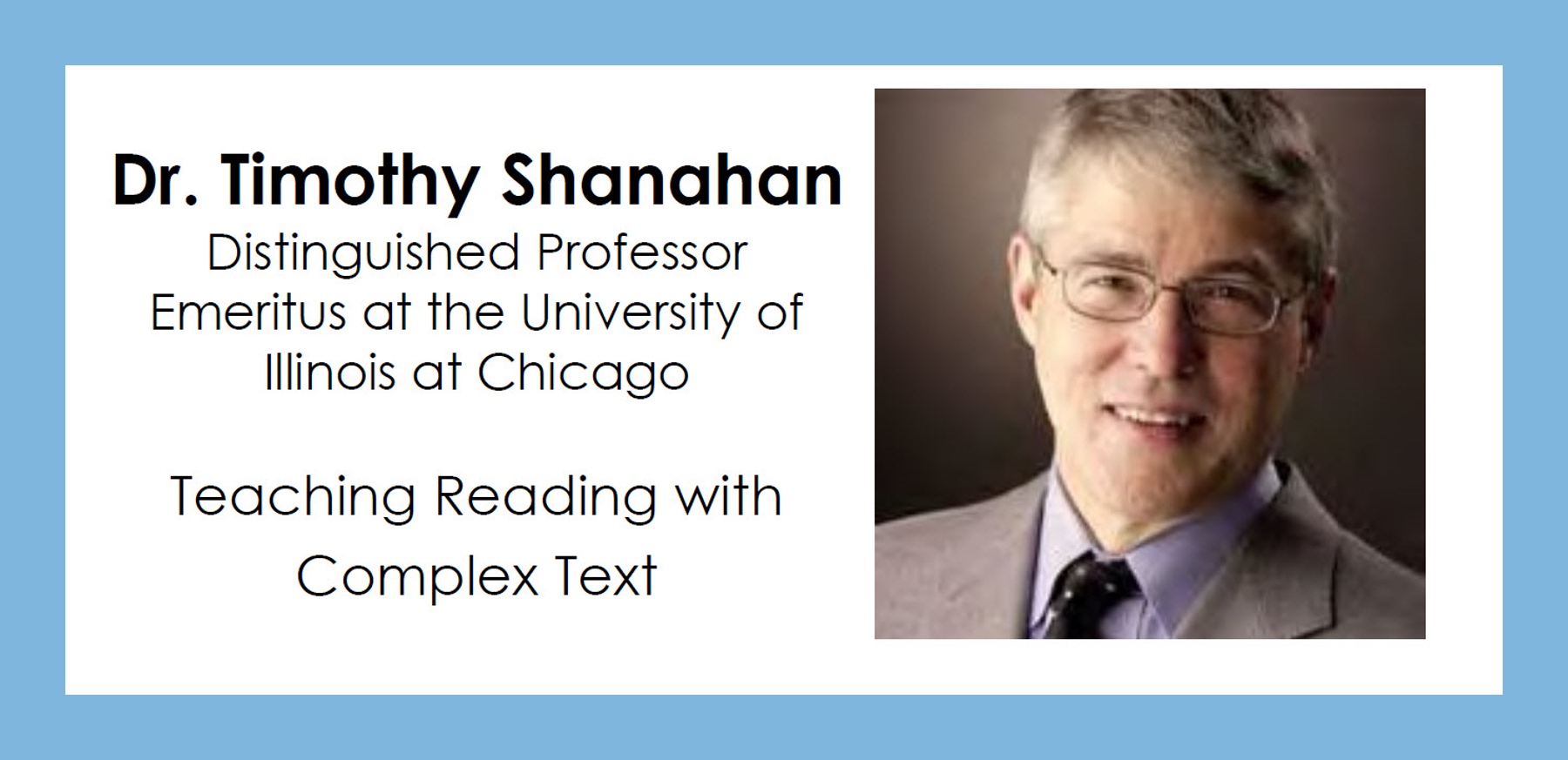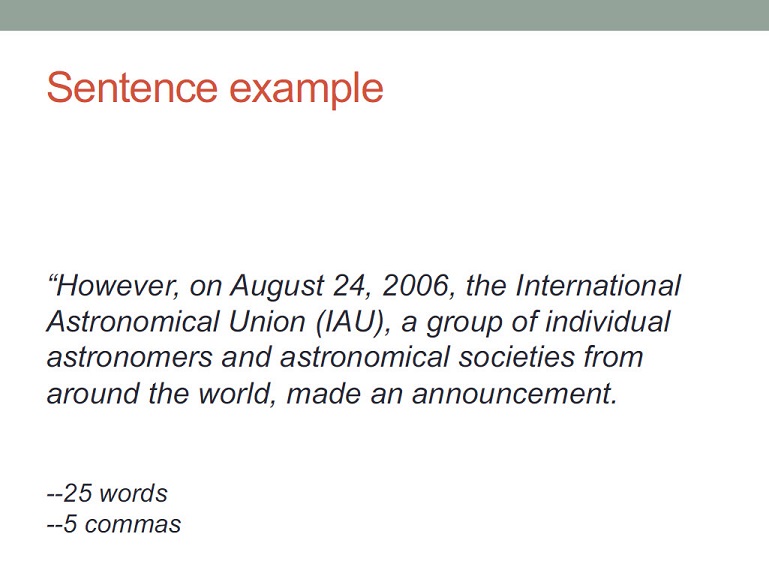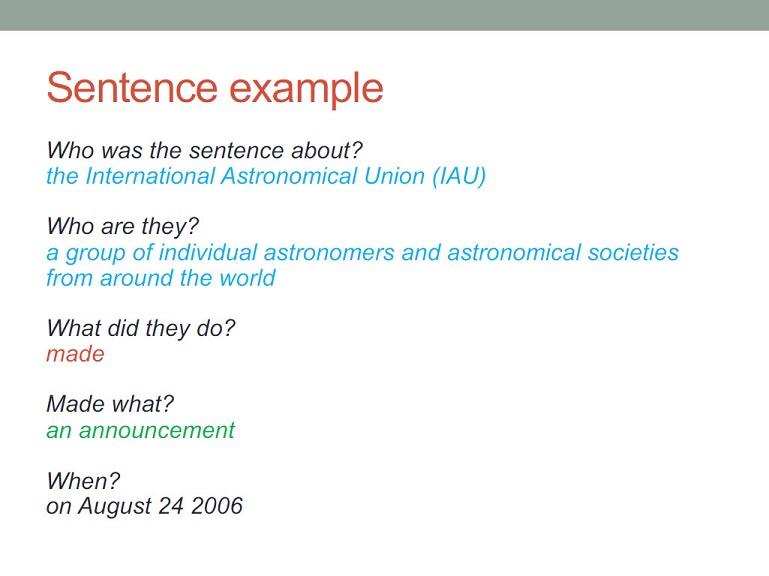
Part 1 of this series is available here.
Step by Step Learning didn’t let the pandemic stand in the way of putting on an engaging and informative conference. In the service of SBSL’s mission to help schools deliver evidence-based teaching and learning, the event focused primarily on pK-3 literacy.
The conference spanned three days, with a star-studded roster of presenters featuring:
DAY 1: Emily Hanford, Timothy Shanahan, Joan Sedita, Freddy Hiebert, Lucy Hart Paulson
DAY 2: David Steiner, Howie Knoff, Nancy Mather, David Boulton, Jan Hasbrouck
DAY 3: Marilyn Jager-Adams, Anita Archer, Kevin Colleary, Nadine Gaab, Amanda VanDerHeyden, Laura Buccanfuso
After Emily Hanford’s Day 1 kickoff, Dr. Timothy Shanahan took the baton.
Teaching Reading with Complex Text
Dr. Shanahan, Distinguished Professor Emeritus at the University of Illinois at Chicago, began by offering a take on everyone’s goal: reading comprehension.
“It’s not the ability to answer certain kinds of text questions, …
… it’s the ability to make sense of ideas expressed in text—the ability to negotiate the linguistic and conceptual barriers or affordances of a text”
The science is fairly clear--while effective decoding is essential to reading comprehension, it’s not sufficient. Dr. Shanahan focused on the non-decoding aspect.
Presaging remarks that Dr. Marilyn Jager-Adams would make later in the conference, he shared the old theory that students learn best when taught with relatively easy text. However, many studies show that matching texts to student levels doesn’t improve achievement.
What then? Instead, once decoding is mastered, readers learn from appropriately complex texts through teacher-led scaffolding, guidance, and teaching.
Dr. Shanahan used the remainder of his time to show examples of passages that are complex and potentially confusing. He then demonstrated ways to “de-confuse.” For instance, he presented an example of a 25 word sentence with 5 commas.

Next, he showed how a teacher could interactively deconstruct that sentence with students.

Keys to Comprehension: Topic Webs, Two-Column Notes, Summary
Joan Sedita, founder and author of Keys to Literacy, spoke next, sharing three categories of reading comprehension strategies and tactics to help teachers engage their students. Ms. Sedita’s detailed coverage of these approaches don’t lend themselves well to a text description, but briefly, they work as follows.
- Topic webs are graphic organizers that present topics and sub-topics in a hierarchical way, using varied shapes and placement on the page to represent the connections among the topics.
- Two-column notes consist of main ideas written on the left with associated key details written on the right. The heading or topic is listed at the top above the horizontal line.
- Summary is the use of a template to guide students in generating an overall account of a written text. Ms. Sedita’s example template prompted the student to list main ideas in phrase form, write an introductory sentence that states the topic of the summary, generate sentences for each of the main ideas, and link those sentences with transition words and phrases.
Vocabulary: The Key to Unlocking Complex Text
Dr. Freddy Hiebert, President and CEO of TextProject, provided interesting context on the occurrence of word families and words in proportion to their use. Of course, the hundreds of thousands of words in the English language are not equally important or prevalent. Readers may be surprised, however, at how disproportionate word usage is.
- 2,500 word families make up 90% of the English lexicon
- The next 2,500 word families make up an additional 5%
- Finally, well more than 200,000 words, 20% of which are proper names, make up the remaining 5%
Dr. Hiebert’s presentation continued with vocabulary strategies and tactics to assist the teacher.
Oral Language Structure: Considerations You Need to Know to Better Facilitate English Language Acquisition
Dr. Lucy Hart Paulson, Author and Early Childhood Literacy Specialist, closed out the day with a discussion of methods that teachers can use to help English Language Learners (ELLs). She concluded her session with this summary.
- Provide explicit, systematic instruction in vocabulary
- Ensure that ELLs have ample opportunities to talk with both adults and peers and provide ongoing feedback and encouragement
- Expose ELLs to rich language input
- Structure the classroom space and routine to provide scaffolding for ELLs’ language learning
- Encourage continued L1 (native) language development
Straight Talk By the Experts - Post 2 Wrap-up
The excellent Straight Talk by the Experts presentations described in post 1 and above mesh nicely with MIT Integrated Learning Initiative (MITili) work on improving literacy.
One such effort is Reach Every Reader (RER), performed jointly with the Harvard Graduate School of Education and Florida State University’s Florida Center for Reading Research. RER employs a holistic approach to designing, researching, testing, integrating, and scaling key aspects of early literacy.
- PreK Home & Family Engagement
- K-3 Screening & Assessment
- K-3 Intervention
- Educator & Family Support
Reach Every Reader’s vision is that
all children will be readers with
the skills, knowledge, and interest
to read for learning and pleasure.
We want every child to succeed, and
we don’t want to wait for children to fail
before we help them thrive.
Stay tuned for future posts!